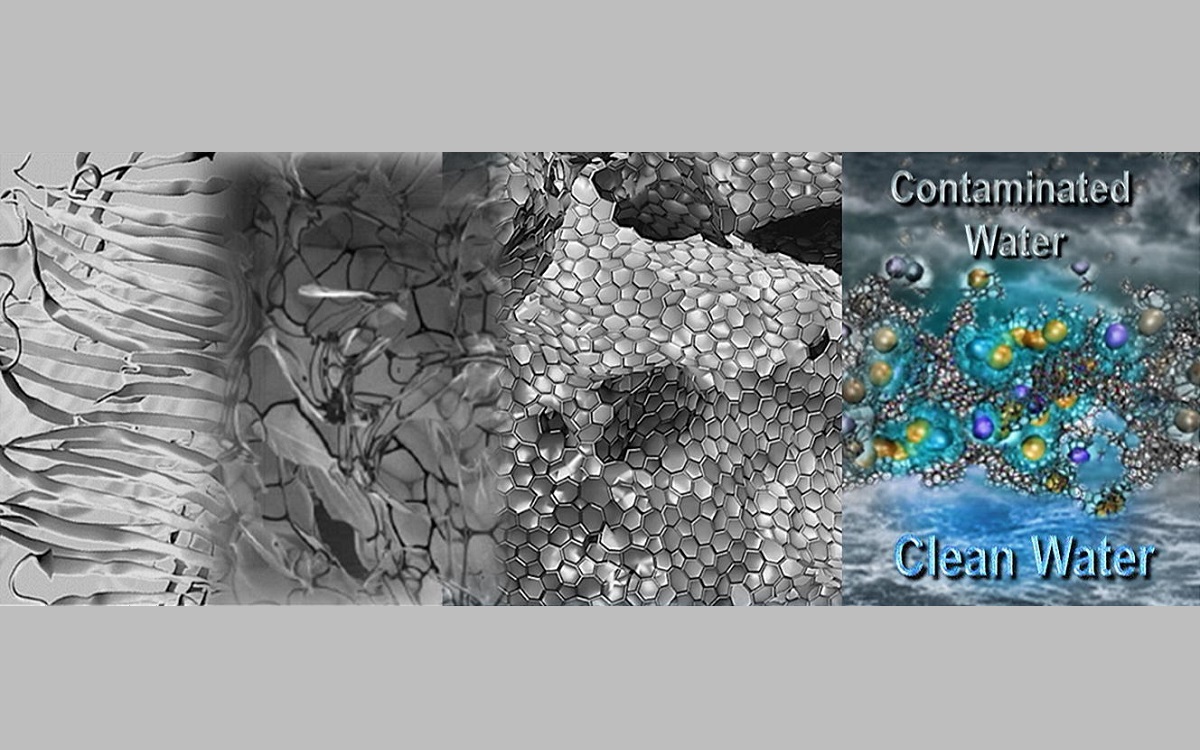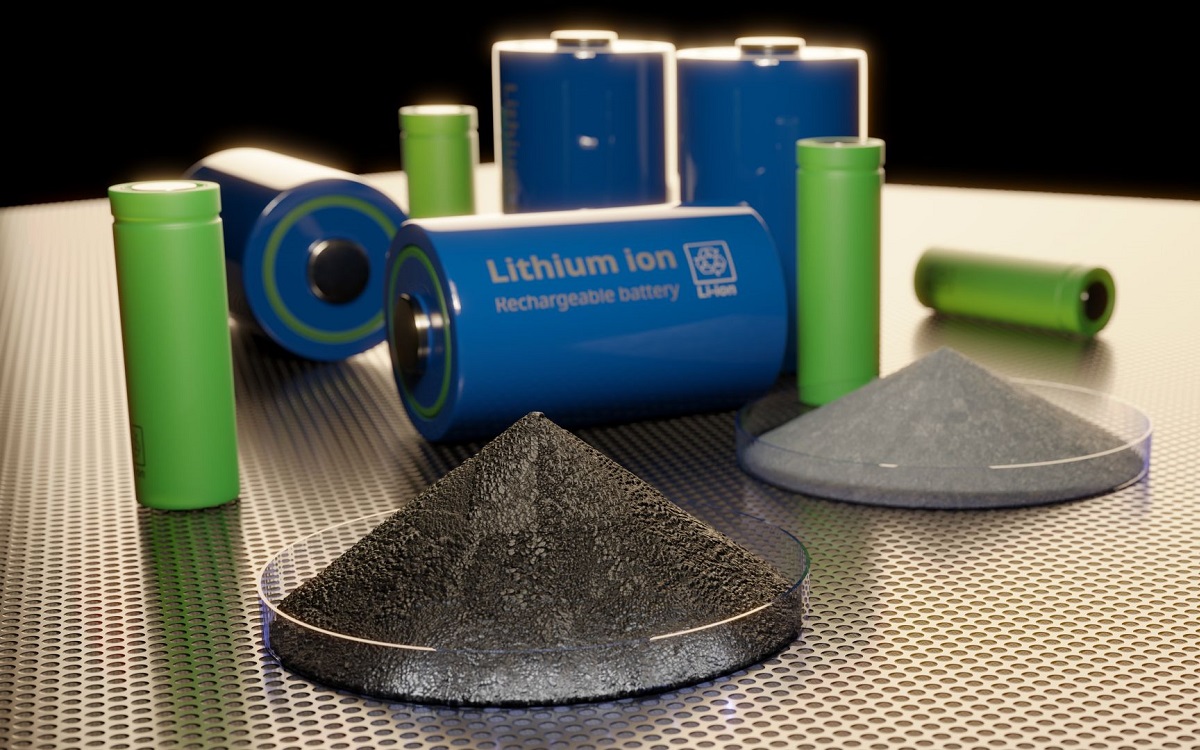24.07.2023 Ι Researchers at Princeton Engineering have found that egg whites can be used to cheaply remove salt and microplastics from seawater.The developed material is an aerogel, a lightweight and porous material that can be used in many types of applications.
The scientists used egg white to create an aerogel, a lightweight and porous material that can be used in many types of applications, including water filtration, energy storage, and sound and thermal insulation.
Craig Arnold, the Susan Dod Brown Professor of Mechanical and Aerospace Engineering and vice dean of innovation at Princeton, came up with the idea while sitting in a faculty meeting.
“I was sitting there, staring at the bread in my sandwich,” said Arnold. “And I thought to myself, this is exactly the kind of structure that we need.”
Reducing, reducing, reducing
He proceeded to ask his lab group to make different bread recipes mixed with carbon to see if they could recreate the aerogel structure he needed. To find the substance that worked right, the team kept eliminating ingredients as they tested until, eventually, only egg whites remained.
“We started with a more complex system,” Arnold said, “and we just kept reducing, reducing, reducing, until we got down to the core of what it was. It was the proteins in the egg whites that were leading to the structures that we needed.”
Material removes salt and microplastics
Egg whites consist of almost pure protein. When freeze-dried and heated to 900 degrees Celsius in an environment without oxygen, they create a structure of interconnected strands of carbon fibers and sheets of graphene. Arnold and his coauthors found that the resulting material can remove salt and microplastics from seawater with up to 99 percent efficiency.
“The egg whites even worked if they were fried on the stove first, or whipped,” said Sehmus Ozden, the first author of the paper. “Eggs are cool because we can all connect to them and they are easy to get, but you want to be careful about competing against the food cycle,” added Arnold.
Refining the fabrication process
Other proteins also worked indicating that the material can potentially be produced in large quantities relatively cheaply and without impacting the food supply. Now, the researchers are focused on refining the fabrication process so it can be used in water purification on a larger scale.
“Activated carbon is one of the cheapest materials used for water purification. We compared our results with activated carbon, and it’s much better,” said Ozden.
Only gravity required
Better yet, this filtration process requires only gravity to operate and wastes no water. This is a major improvement on reverse osmosis, which requires significant energy input and excess water for operation. Arnold is also exploring other uses for egg whites related to energy storage and insulation and exploring the reasons behind the food’s multipurpose uses.
“It’s one thing to make something in the lab,” said Arnold, “and it’s another thing to understand why and how.”
The paper was first published on August 24 in the journal Materials Today.
Learn more about the Princeton University




